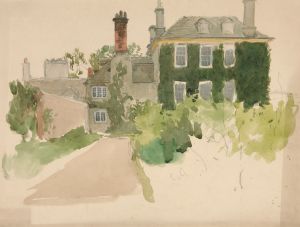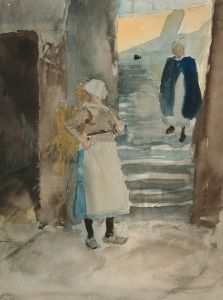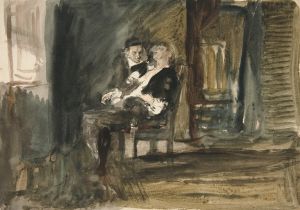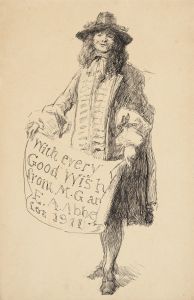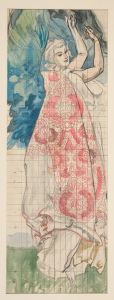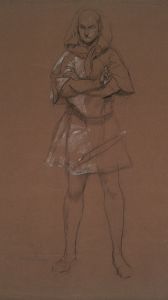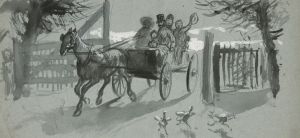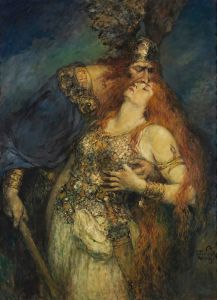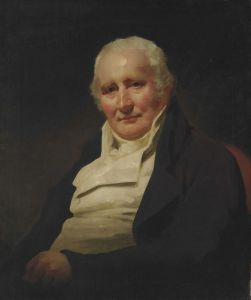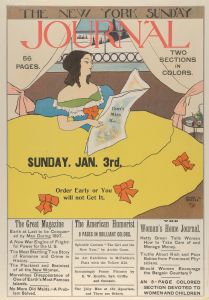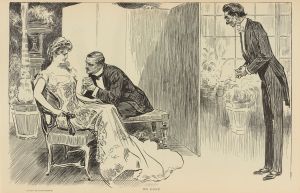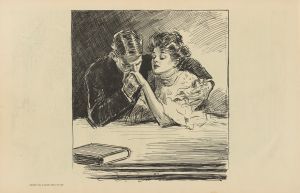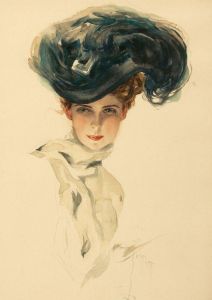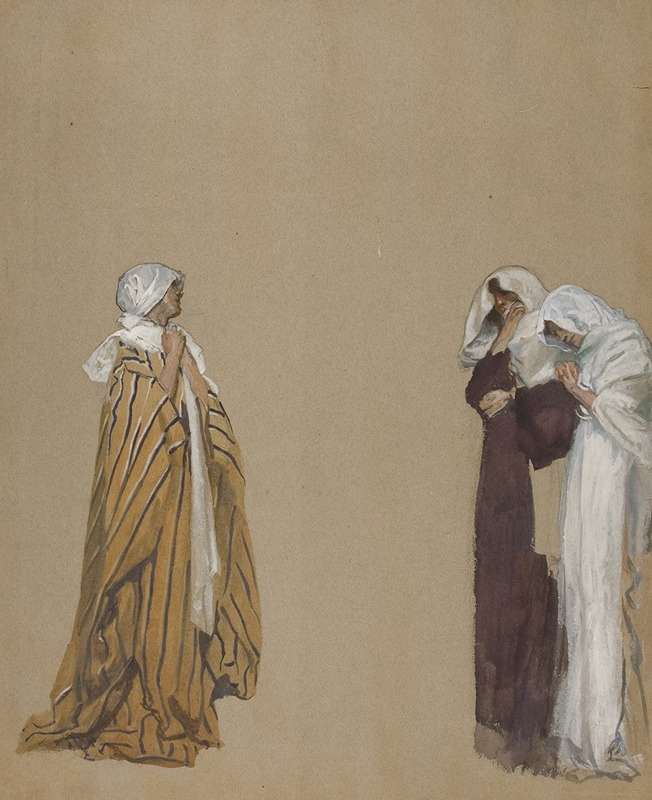
Study. Three figures
A hand-painted replica of Edwin Austin Abbey’s masterpiece Study. Three figures, meticulously crafted by professional artists to capture the true essence of the original. Each piece is created with museum-quality canvas and rare mineral pigments, carefully painted by experienced artists with delicate brushstrokes and rich, layered colors to perfectly recreate the texture of the original artwork. Unlike machine-printed reproductions, this hand-painted version brings the painting to life, infused with the artist’s emotions and skill in every stroke. Whether for personal collection or home decoration, it instantly elevates the artistic atmosphere of any space.
Edwin Austin Abbey was an American artist known for his illustrations and paintings, particularly those with themes drawn from literature and history. Abbey was born in 1852 in Philadelphia and gained prominence in the late 19th and early 20th centuries. He was a member of the Royal Academy in London and spent much of his career in England, where he became associated with the Pre-Raphaelite movement and was influenced by the works of artists such as John Everett Millais and Dante Gabriel Rossetti.
"Study. Three Figures" is one of Abbey's works that exemplifies his skill in capturing the human form and his interest in historical and literary subjects. While specific details about this particular painting are limited, it is known that Abbey often created studies as preparatory works for larger compositions. These studies allowed him to experiment with composition, lighting, and the arrangement of figures before committing to a final piece.
Abbey's process typically involved meticulous research and attention to detail, often drawing inspiration from historical texts, plays, and poetry. His works frequently depicted scenes from Shakespearean plays, the works of Robert Browning, and other literary sources. Abbey's ability to convey narrative through his art made him a sought-after illustrator and painter during his lifetime.
In "Study. Three Figures," Abbey likely focused on the interaction and positioning of the figures, exploring how they relate to one another within the composition. His studies often reveal his interest in the subtleties of gesture and expression, capturing the nuances of human emotion and interaction. This attention to detail and narrative depth is a hallmark of Abbey's work, contributing to his reputation as a master of historical and literary painting.
Abbey's contributions to the art world extend beyond his paintings. He was also a prominent muralist, with one of his most famous commissions being the series of murals for the Boston Public Library, depicting the Quest for the Holy Grail. These murals further demonstrate his ability to weave complex narratives into his art, a skill that is evident in his studies and smaller works as well.
Despite the lack of specific information about "Study. Three Figures," it can be appreciated within the broader context of Abbey's oeuvre. His dedication to historical accuracy, combined with his artistic talent, allowed him to create works that continue to be celebrated for their beauty and storytelling. Abbey's legacy is preserved in numerous collections, and his influence can be seen in the works of artists who followed in his footsteps, drawn to the rich interplay of history, literature, and art that he so masterfully captured.





